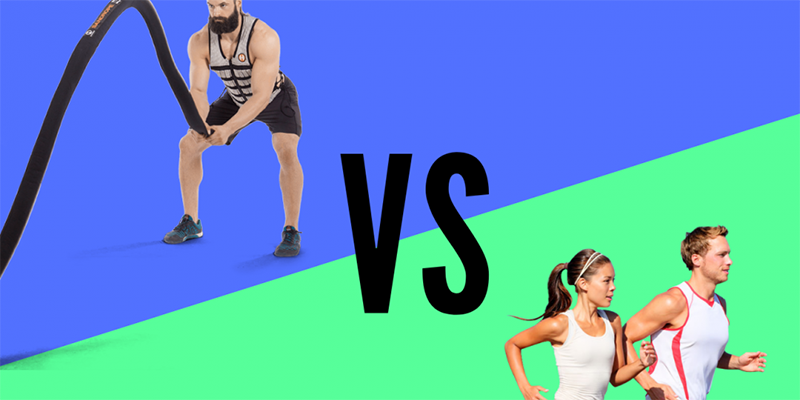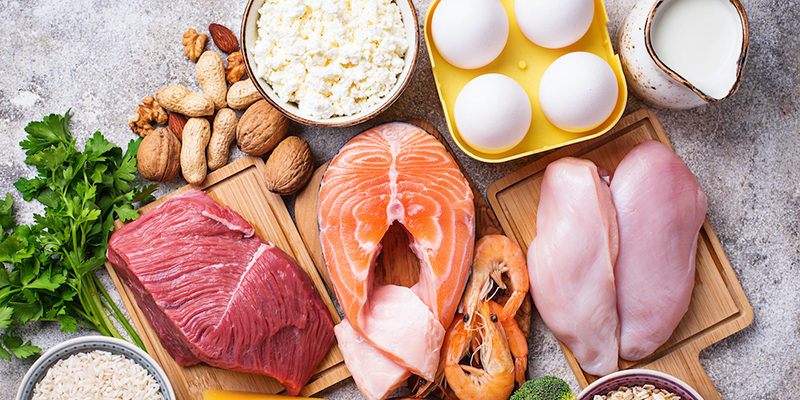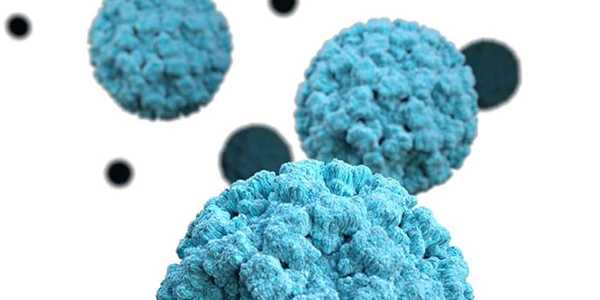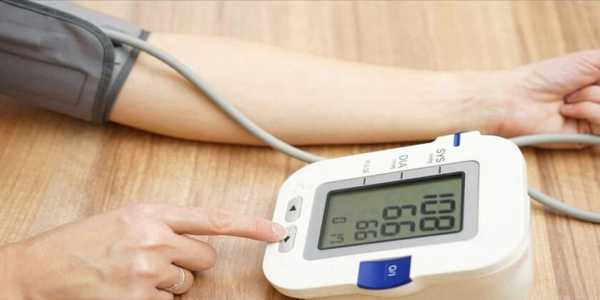HIIT Vs. Steady-State Cardio: Which Is Better For Fat Loss?
When it comes to shedding those extra pounds, cardio workouts are often at the forefront of fitness discussions. Two popular forms of cardio are High-Intensity Interval Training (HIIT) and steady-state cardio. Both have their merits, but which is more effective for fat loss? In this article, we'll dive into the details of HIIT and steady-state cardio, comparing their benefits, effectiveness, and how they fit into your overall fitness routine.
Understanding HIIT
High-intensity interval Training, or HIIT, consists of short bursts of intense exercise followed by rest periods or lower-intensity exercise. For instance, a typical HIIT workout might involve sprinting for 30 seconds, walking for a minute, and repeating this cycle for 20 to 30 minutes. The intensity of HIIT is a significant draw for many people, as it allows for a substantial calorie burn in a relatively short amount of time.

One of the primary benefits of HIIT is its ability to boost metabolism even after the workout. This phenomenon is known as Excess Post-exercise Oxygen Consumption (EPOC). After a HIIT session, your body continues to burn calories as it returns to its resting state, sometimes for hours afterwards. Studies suggest that HIIT can lead to a higher calorie burn over 24 hours compared to steady-state cardio, making it a time-efficient option for fat loss.
The Appeal Of Steady-State Cardio
On the other hand, steady-state cardio involves maintaining consistent effort over a more extended period. This might include activities like jogging, cycling, or swimming at a moderate pace. The appeal of steady-state cardio lies in its accessibility and the way it allows individuals to engage in a sustained activity without the intensity associated with HIIT.
One of the main advantages of steady-state cardio is its lower impact on the body, making it an excellent choice for beginners, those with joint issues, or individuals recovering from injuries. It also provides a more straightforward approach to building endurance and cardiovascular health. Many people find it easier to maintain a conversation while doing steady-state cardio, making the workout feel less daunting and more enjoyable.
Comparing Effectiveness For Fat Loss
So, when it comes to fat loss, which method is superior? The answer is more complex than one might hope. Research has shown that both HIIT and steady-state cardio can be effective for fat loss, but they do so in different ways.
HIIT tends to be more effective for those looking to maximize calorie burn in less time. The intense bursts of effort combined with recovery periods can lead to a significant calorie deficit, especially for individuals who may not have much time to devote to exercise. Additionally, the metabolic boost from EPOC means that calories continue to be burned after the workout, which can benefit fat loss.
Combining HIIT And Steady-State Cardio
Many fitness experts recommend incorporating HIIT and steady-state cardio into your routine rather than choosing one over the other. Each method has unique benefits that can complement one another. For example, you might include HIIT sessions a few times a week for those high-calorie burns while reserving longer steady-state cardio sessions for days when you want a lower-intensity workout.
This combination keeps your workouts fresh and exciting and allows for a more balanced approach to fat loss. By incorporating both types of cardio, you can benefit from the strengths of each, leading to improved fitness levels, better endurance, and, ultimately, more effective fat loss.
Practical Considerations
When choosing between HIIT and steady-state cardio, you must consider your preferences, fitness level, and potential limitations. HIIT might be a fantastic fit if you enjoy pushing your limits and thrive on intensity. However, steady-state cardio could be more appropriate if you prefer a more relaxed approach to exercise or have concerns about joint stress.
Additionally, consider your overall fitness goals. Combining both methods may yield the best results if your primary aim is fat loss. Furthermore, integrating strength training into your regimen can also aid in fat loss. Building muscle can enhance your resting metabolic rate, meaning you burn more calories even when not exercising.
Nutrition And Recovery
While the type of cardio you choose plays a significant role in fat loss, it's crucial to remember that nutrition and recovery are equally important. Engaging in HIIT or steady-state cardio with proper nutrition may help your results. A balanced diet rich in whole foods, lean proteins, healthy fats, and complex carbohydrates will support your workouts and recovery.

Hydration is also vital. Whether you're doing HIIT or steady-state cardio, adequately hydrated can improve performance and recovery. Pay attention to your body's signals; if you're feeling fatigued or run down, it might be time to rest and allow your body to recover.
Listening To Your Body
Ultimately, the best approach to cardio is one that you enjoy and can stick with long-term. HIIT and steady-state cardio can be practical tools for fat loss, but listening to your body and choosing the right type is essential. If you dread HIIT sessions but enjoy a long run or bike ride, steady-state cardio is the better choice for your routine.
Consider mixing things up. You could do HIIT workouts on weekdays when you're pressed for time and then enjoy longer, steady-state sessions on weekends when you have more time to relax and focus on your workout. The key is to find a balance that fits your lifestyle and keeps you motivated.
Conclusion
There needs to be a definitive winner in the debate of HIIT versus steady-state cardio for fat loss. Both methods offer unique benefits and can be effective for individuals depending on their goals, preferences, and fitness levels. By understanding the strengths and weaknesses of each approach, you can create a well-rounded fitness routine that helps you achieve your fat-loss goals while keeping your workouts enjoyable and sustainable.
As you embark on your fitness journey, remember that consistency is vital. Whether you choose HIIT, steady-state cardio, or a combination of both, the most crucial factor is to stay active and find joy in your workouts. With the right approach, you'll be well on your way to achieving your fat loss goals and improving your overall fitness.




















